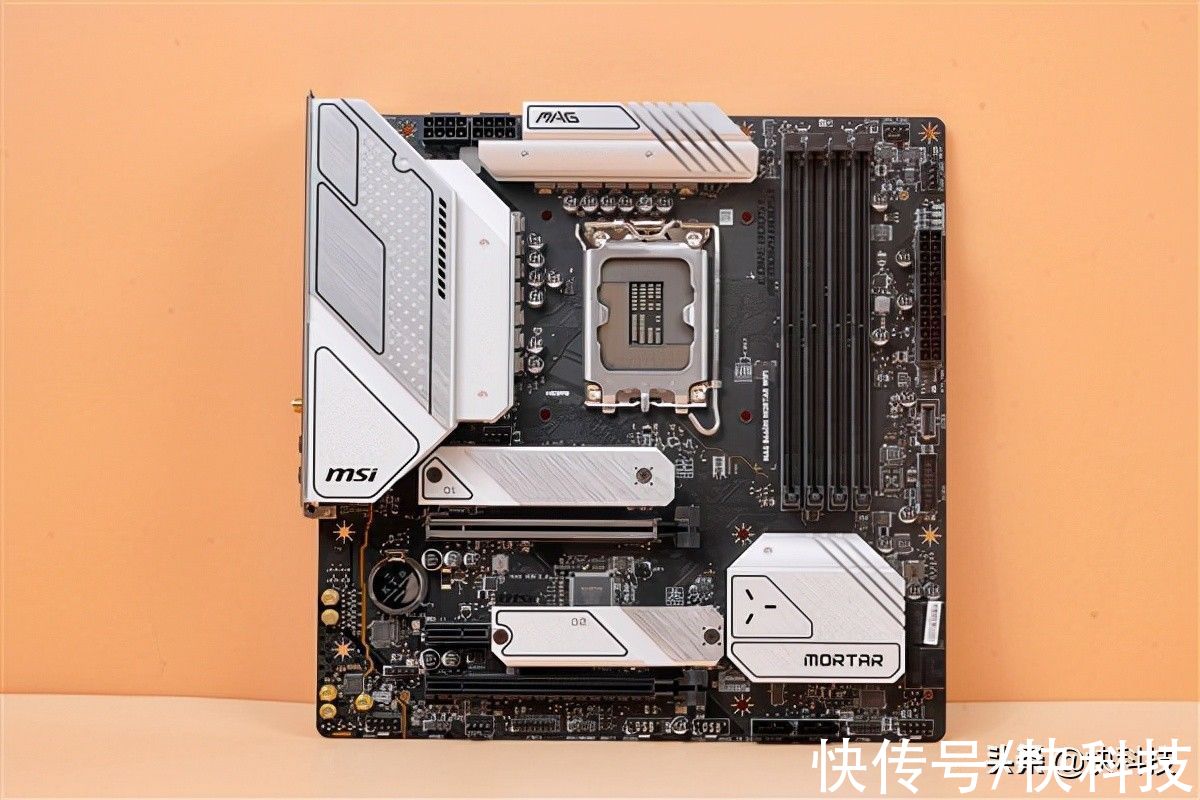与天地兮比寿,与日月兮齐光。这篇文章主要讲述Android之使用传感器获取相应数据相关的知识,希望能为你提供帮助。
android的大部分手机中都有传感器,传感器类型有方向、加速度(重力)、光线、磁场、距离(临近性)、温度等。
方向传感器:
Sensor.TYPE_ORIENTATION
加速度(重力)传感器:
Sensor.TYPE_ACCELEROMETER
光线传感器:
Sensor.TYPE_LIGHT
磁场传感器:
Sensor.TYPE_MAGNETIC_FIELD
距离(临近性)传感器:
Sensor.TYPE_PROXIMITY
温度传感器:
Sensor.TYPE_TEMPERATURE
//获取某种类型的感应器
Sensor
sensor
=
sensorManager.getDefaultSensor(Sensor.TYPE_ACCELEROMETER);
【Android之使用传感器获取相应数据】//注册监听,获取传感器变化值
sensorManager.registerListener(listener, sensor,
SensorManager.SENSOR_DELAY_GAME);
上面第三个参数为采样率:最快、游戏、普通、用户界面。当应用程序请求特定的采样率时,其实只是对传感器子系统的一个建议,不保证特定的采样率可用。
最快:
SensorManager.SENSOR_DELAY_FASTEST
最低延迟,一般不是特别敏感的处理不推荐使用,该种模式可能造成手机电力大量消耗,由于传递的为原始数据,算法不处理好将会影响游戏逻辑和UI的性能。
游戏:
SensorManager.SENSOR_DELAY_GAME
游戏延迟,一般绝大多数的实时性较高的游戏都使用该级别。
普通:
SensorManager.SENSOR_DELAY_NORMAL
标准延迟,对于一般的益智类或EASY级别的游戏可以使用,但过低的采样率可能对一些赛车类游戏有跳帧现象。
用户界面:
SensorManager.SENSOR_DELAY_UI
一般对于屏幕方向自动旋转使用,相对节省电能和逻辑处理,一般游戏开发中我们不使用。
使用传感器做应用的难点在于获取数据后如何处理,获得相应需要的效果,这里涉及很多数学物理的知识…
…
下面使用一个代码实例演示如何获取方向和磁场强度的数据:
package com.magnetic; import android.hardware.Sensor; import android.hardware.SensorEvent; import android.hardware.SensorEventListener; import android.hardware.SensorManager; import android.os.Bundle; import android.app.Activity; import android.view.Menu; import android.widget.TextView; public class MainActivity extends Activity { private TextView magneticView; private TextView orientationView; private TextView totalMageticView; private SensorManager sensorManager; private MySensorEventListener sensorEventListener; @Override protected void onCreate(Bundle savedInstanceState) { super.onCreate(savedInstanceState); setContentView(R.layout.activity_main); sensorEventListener = new MySensorEventListener(); magneticView = (TextView) this.findViewById(R.id.magneticView); orientationView = (TextView) this.findViewById(R.id.orientationView); totalMageticView=(TextView) this.findViewById(R.id.totalMageticView); //获取感应器管理器 sensorManager = (SensorManager) getSystemService(SENSOR_SERVICE); } @Override protected void onResume() { //获取方向传感器 @SuppressWarnings("deprecation") Sensor orientationSensor = sensorManager.getDefaultSensor(Sensor.TYPE_ORIENTATION); sensorManager.registerListener(sensorEventListener, orientationSensor, SensorManager.SENSOR_DELAY_NORMAL); //获取加速度传感器 Sensor accelerometerSensor = sensorManager.getDefaultSensor(Sensor.TYPE_MAGNETIC_FIELD); sensorManager.registerListener(sensorEventListener, accelerometerSensor, SensorManager.SENSOR_DELAY_NORMAL); super.onResume(); } @Override public boolean onCreateOptionsMenu(Menu menu) { // Inflate the menu; this adds items to the action bar if it is present. getMenuInflater().inflate(R.menu.main, menu); return true; }private final class MySensorEventListener implements SensorEventListener { //可以得到传感器实时测量出来的变化值 @Override public void onSensorChanged(SensorEvent event) { //得到方向的值 if(event.sensor.getType()==Sensor.TYPE_ORIENTATION) { float x = event.values[SensorManager.DATA_X]; float y = event.values[SensorManager.DATA_Y]; float z = event.values[SensorManager.DATA_Z]; orientationView.setText("方向: " + x + ", " + y + ", " + z); } //得到加速度的值 else if(event.sensor.getType()==Sensor.TYPE_MAGNETIC_FIELD) { float x = event.values[SensorManager.DATA_X]; float y = event.values[SensorManager.DATA_Y]; float z = event.values[SensorManager.DATA_Z]; magneticView.setText("合磁场强度X、Y、Z分量: " + x + ", " + y + ", " + z); //计算和磁场强度 float total=(float)(Math.sqrt(Math.pow(x,2)+Math.pow(y,2)+Math.pow(z, 2))); totalMageticView.setText("合磁场强度: " + total); } } //重写变化 @Override public void onAccuracyChanged(Sensor sensor, int accuracy) { } }//暂停传感器的捕获 @Override protected void onPause() { sensorManager.unregisterListener(sensorEventListener); super.onPause(); }}
< ?xml version="1.0" encoding="utf-8"?> < TableLayout xmlns:android="http://schemas.android.com/apk/res/android" android:layout_width="fill_parent" android:layout_height="fill_parent"> < TableRow> < TextView android:id="@+id/orientationView" android:text="方向传感器:" android:layout_width="wrap_content" android:layout_height="wrap_content" android:layout_weight="1" /> < /TableRow> < TableRow> < TextView android:id="@+id/magneticView" android:text="磁传感器:" android:layout_width="wrap_content" android:layout_height="wrap_content" /> < /TableRow> < TableRow> < TextView android:id="@+id/totalMageticView" android:text="合磁强度:" android:layout_width="wrap_content" android:layout_height="wrap_content" /> < /TableRow> < /TableLayout>
推荐阅读
- Spring整合MyBatis (使用扫描包配置mapper代理)
- android虚拟机的垃圾收集
- 浅谈@RequestMapping @ResponseBody 和 @RequestBody 注解的用法与区别
- cannot access android.support.v4.app.BaseFragmentActivityJB的解决
- Showing All Messages : error: open /Users/apple/Library/Developer/Xcode/DerivedData/PDoctor-dkhmpttm
- 转:关于java.lang.ClassNotFoundException: org.springframework.boot.SpringApplication的解决
- android onKeyDown
- Android Stuido启动提示"No JVM installation found.Please install a 32-bit JDK...."
- 记https在Android浏览器无法访问











